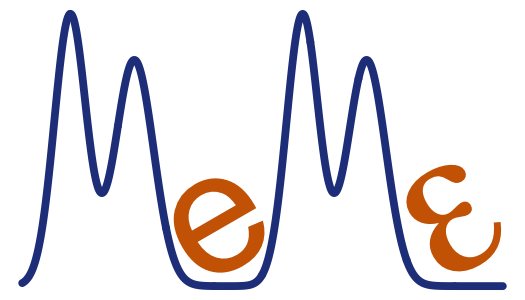Research within SheffieldMeme is wide-ranging, but generally takes a data-driven approach to understanding the macroecological dynamics of marine biodiversity. Key themes are summarised below.
Distribution of marine biodiversity occurrence records from OBIS, from our paper in Annual Reviews of Marine Science 2016.
marine biodiversity informatics
We specialise in collating, enriching, and analysing large datasets in order to understand the spatial distribution and temporal dynamics of marine biodiversity at regional to global scales. This typically requires an initial assessment of the gaps and biases in existing datasets, an issue that needs to be addressed in order to robustly quantify patterns and test mechanisms.
Relevant papers:
Edgar, GJ; Bates, AE; Bird, TJ; Jones, AH; Kininmonth, S; Stuart-Smith, RD & Webb, TJ. 2014. New Approaches to Marine Conservation Through the Scaling Up of Ecological Data. Annual Review of Marine Science, 8:435-461. https://doi.org/10.1146/annurev-marine-122414-033921
Webb, TJ; Vanden Berghe, E & O'Dor, R. 2010. Biodiversity's Big Wet Secret: The Global Distribution of Marine Biological Records Reveals Chronic Under-Exploration of the Deep Pelagic Ocean. PLoS ONE, 5:e10223. https://doi.org/10.1371/journal.pone.0010223
marine macroecology
Using the kinds of large datasets identified above, we quantify macroecological patterns and relationships in the marine environment.
Relevant papers:
Webb, TJ; Barry, JP & McClain, CR. 2017. Abundance–Occupancy Relationships in Deep Sea Wood Fall Communities. Ecography, 40:1339-1347. https://doi.org/10.1111/ecog.02618
Mindel, BL; Webb, TJ; Neat FC & Blanchard, JL. 2016. A Trait-Based Metric Sheds New Light on the Nature of the Body Size-Depth Relationship in the Deep Sea. Journal of Animal Ecology, 85:427-436. https://doi.org/10.1111/1365-2656.12471
comparative macroecology
We are interested in how the environment structures macroecological patterns. In particular, what role do different scales of environmental variation play? A primary interest here is comparisons across marine and terrestrial realms, although comparisons across different environmental regimes within realms is also of interest.
Relevant papers:
Webb, TJ & Mindel, BL. 2015. Global Patterns of Extinction Risk in Marine and Non-marine Systems. Current Biology, 25:506-511. https://doi.org/10.1016/j.cub.2014.12.023
Webb, TJ. 2012. Marine and Terrestrial Ecology: Unifying Concepts, Revealing Differences. Trends in Ecology and Evolution, 27:535-541. https://doi.org/10.1016/j.tree.2012.06.002
Marine Ecological Modelling
We use a range of statistical approaches to gain meaningful inference about the marine world. These approaches aim to describe and explore single-species, community and whole ecosystem dynamics, as marine species interact and respond to the dual pressures of fishing and climate change.
Relevant papers:
Griffiths, CA; Patterson, TA; Blanchard, JL; Righton, DA; Wright, SR; Pitchford, JW & Blackwell, PG. 2018. Scaling Marine Fish Movement Behavior from Individuals to Populations. Ecology and Evolution, 2018:1-13. https://doi.org/10.1002/ece3.4223
Spence, MA; Blackwell, PG & Blanchard, JL. 2015. Parameter Uncertainty of a Dynamic Multispecies Size Spectrum Model. Canadian Journal of Fisheries and Aquatic Sciences, 73:589-597. https://doi.org/10.1139/cjfas-2015-0022





